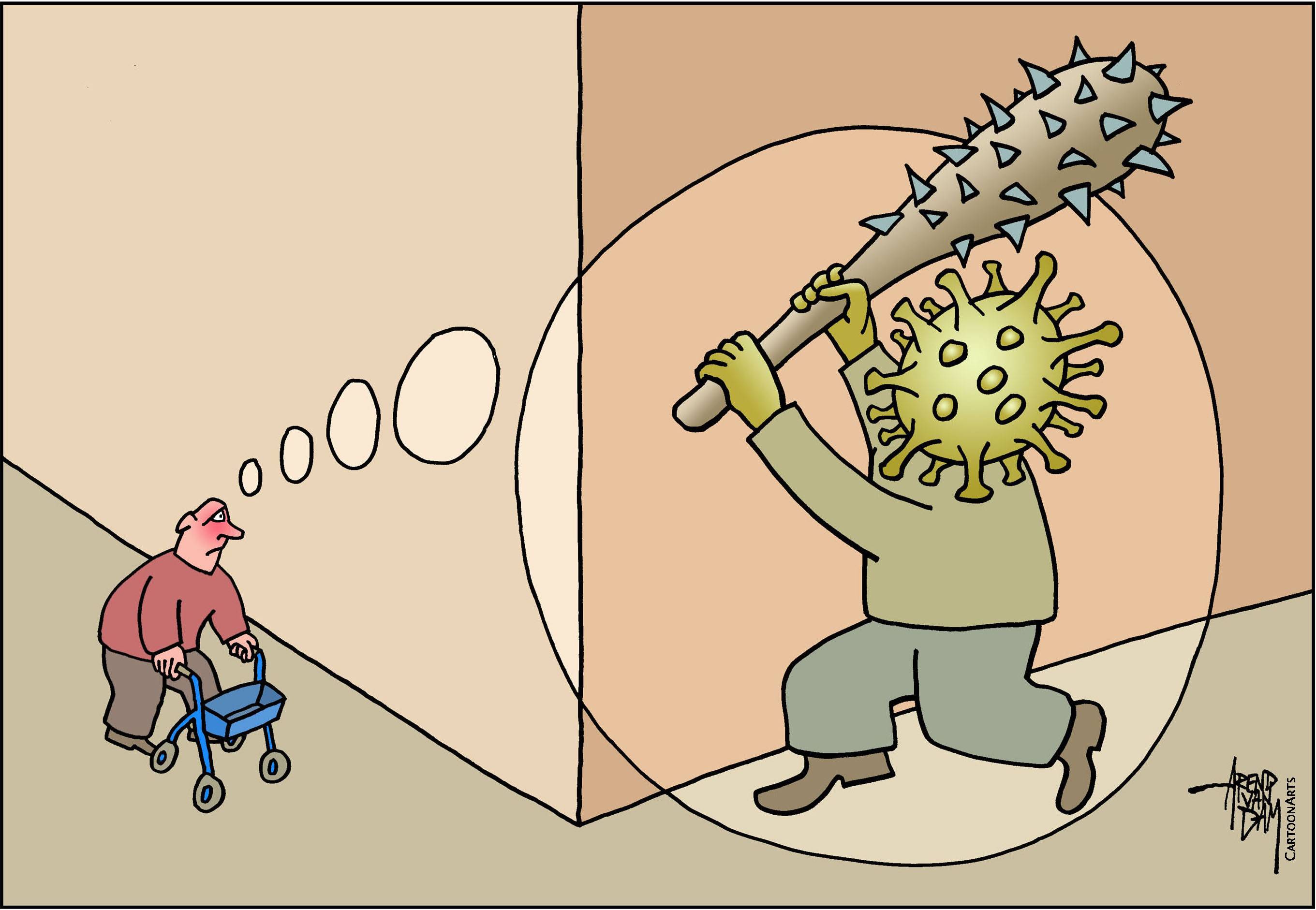Each virus has its unique pattern of spread, and scientists are starting to get a handle on how the novel coronavirus behaves. This understanding is making it possible to rank the risks of different activities from high to low to trivial.
The most informative studies show how the disease is spreading in the real world — a big advance over the various simulations and models that, early on, showed only hypothetical scenarios.
The two drivers of the spread of the disease are close contact and crowding in closed spaces, said Muge Cevik, a virologist at the University of St. Andrews in the United Kingdom. It spread through homeless shelters and nursing and care homes, where people were crowded with many others. It spread through people’s households, and through meat packing plants.


















With your current subscription plan you can comment on stories. However, before writing your first comment, please create a display name in the Profile section of your subscriber account page.